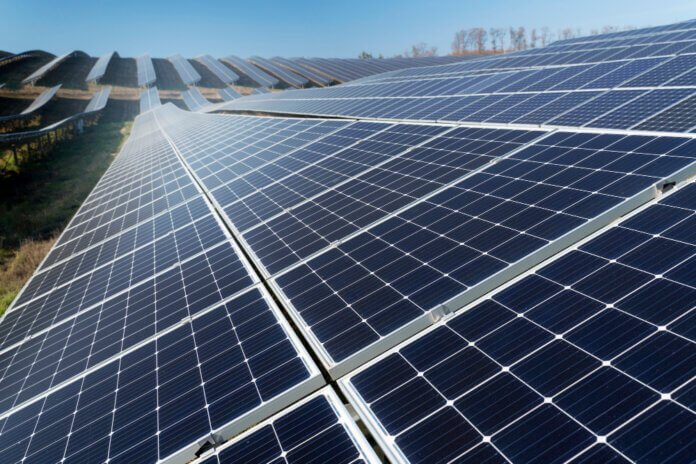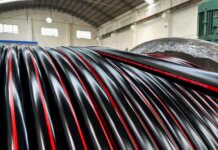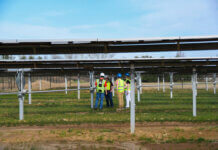According to a new report from Wood Mackenzie, China will hold more than 80% of the world’s solar polysilicon, wafer, cell and module manufacturing capacity from 2023 to 2026 following investments exceeding $130 billion this year alone.
“China’s solar manufacturing expansion has been driven by high margins for polysilicon, technology upgrades and for developing local manufacturing in overseas markets,” says Huaiyan Sun, a senior consultant at Wood Mackenzie and author of the report.
“China will still dominate the global solar supply chain and continue to widen the technology and cost gap with competitors.”
More than 1 TW of wafer, cell and module capacity is forecasted to come online by 2024, meaning China’s capacity is sufficient to meet annual global demand now through to 2032, based on Wood Mackenzie forecasts of annual demand growth.
Strong government policies in overseas markets have started to increase local solar manufacturing, but they are still not cost-competitive compared to Chinese supply. A module made in China is 50% cheaper than that produced in Europe and 65% cheaper than the U.S., according to the report.
The U.S. and India have announced more than 200 GW of planned module capacity since 2022, driven by the Inflation Reduction Act in the U.S. and the Production Linked Incentive in India.
“Despite considerable module expansion plans, overseas markets still cannot eliminate their dependence on China for wafers and cells in the next three years,” Sun says.
China will continue to be the global technological leader with its announcements to build more than 1 TW of N-type cell capacity, the next-generation technology after P-type. This represents 17 times more capacity than the rest of the world.
Looking outside China, India is forecasted to overtake Southeast Asia as the second-largest module production region by 2025, which will be driven by India’s strong PLI incentives.
Concerns about the market’s oversupply are mainly aimed at old production lines that produce lower efficiency products, such as the P-type and M6 cells. Demand for P-type cells began to decline in 2023, and Wood Mackenzie analysts expect it to be only 17% of supply by 2026.
“Oversupply will undeniably hinder some of the current expansion plans,” Sun adds. “More than 70 GW of capacity in China has been terminated or suspended in the past three months.”




